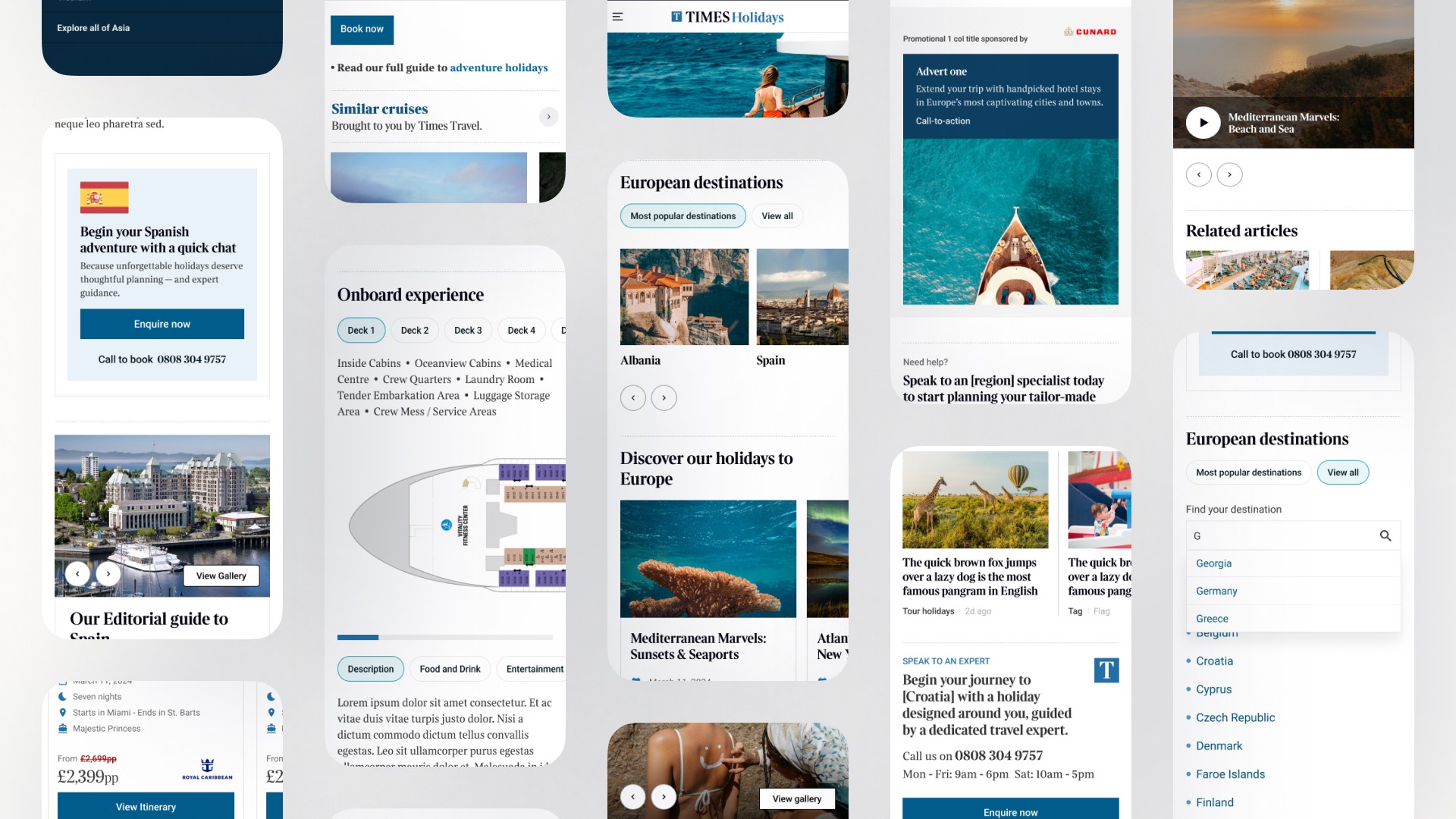Skillset
Making it feel like John Lewis, just easier
Overview
At a Glance
Improved authentication and checkout journeys for John Lewis Partnership, during a full brand refresh. Introduced sign-in via email link, express checkout with Apple Pay, Pay Later, and guest options. Designed new components and templates aligned with the updated brand. Resulted in an 18% increase in sign-ups, higher express checkout use, and no increase in abandonment.
Boosting Loyalty and Sales Through Simpler Journeys
John Lewis is one of those brands a lot of us in the UK grew up with. It’s trusted, familiar, and quietly iconic. When I joined the team during a full brand refresh, the challenge wasn’t just to improve user journeys. It was to make sure the new identity came through in every interaction, not just in how things looked, but in how they worked and felt.
The Challenge: Small pain points. Big consequences.
The platform was functional, but the cracks were starting to show. Account creation, sign-in, and checkout weren’t broken, but they were just clunky enough to disrupt the experience. On top of that, a refreshed brand identity was being rolled out across all digital touchpoints. That meant solving usability issues while building a visual system that felt coherent, current, and true to the brand.
Involvement

(↑) Ui prototype mapping
The Approach: Less friction. More flow. Still John Lewis.
I worked across two core tracks: authentication and checkout. Each had its own challenges, but both required a mix of UX thinking, interface design, and brand interpretation.
Authentication:
Introduced sign-in via email link to reduce password friction
Audited and redesigned the sign-up flow, cutting it down from multiple screens to just two
Refined onboarding questions to make account creation faster and more focused
Improved the forgotten password journey with clearer UI and fewer steps
Created new components, screens, and templates based on the updated brand system
Reworked older UI patterns to bring them in line with the new design direction

(↑) Flows
Checkout:
Unclogged the guest checkout to remove barriers for new users
Integrated Apple Pay, Google Pay, and Pay Later to offer more convenience for returning customers
Introduced progress indicators to reduce drop-offs and give users more clarity
Designed up-sell modules that sat naturally within the checkout flow, without creating friction
Took a mobile-first approach across every screen, making sure interactions worked smoothly at all sizes
A big part of this work involved hands-on component design. I wasn’t just applying the new brand visually, but actively building the parts that would carry it. That included defining layout templates, adjusting spacing systems, refining type scale, and ensuring every module felt consistent across the full journey.
I worked closely with the UX research team to ground design decisions in real user behaviour. I wasn’t part of testing directly, but their insights helped us stay aligned with user needs throughout the process.
Conclusion
The Impact: Real improvements, quietly delivered.
18% increase in account sign-ups
Higher use of express checkout options, including Apple Pay and Pay Later
No increase in cart abandonment, despite a significantly updated flow
New revenue opportunities unlocked through up-sell components
Improved brand consistency and scalability through a refreshed design system
The Takeaway: Trust is earned in the details.
This project reminded me that users don’t always notice great design — they feel it. Every component, layout, and interaction had to reflect not just functionality, but familiarity and trust. We weren’t just solving UX issues. We were helping carry a brand people love into its next chapter, quietly and carefully.
Other work
Interested in more?








